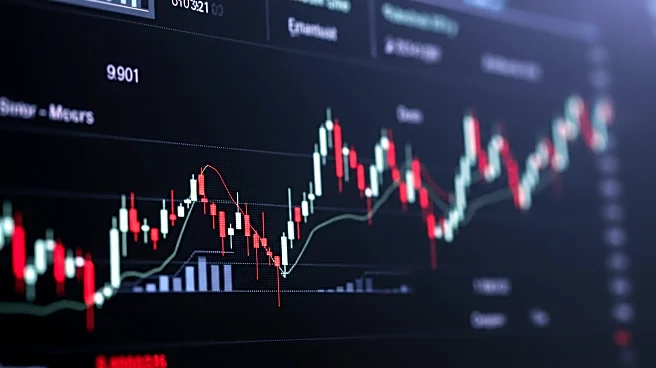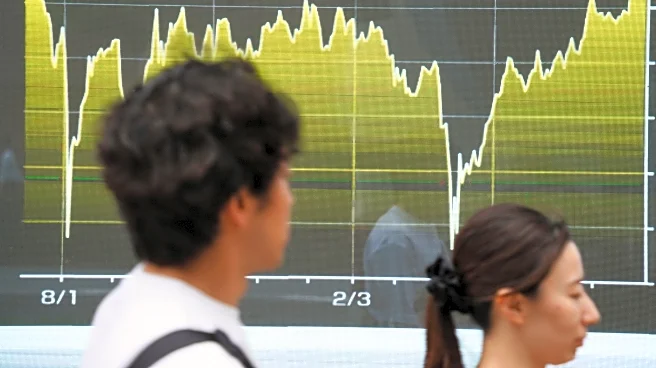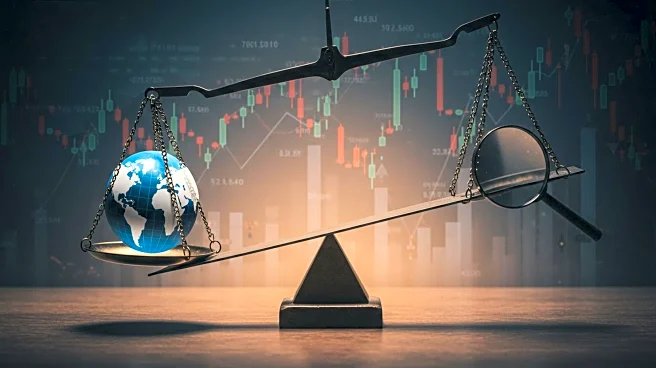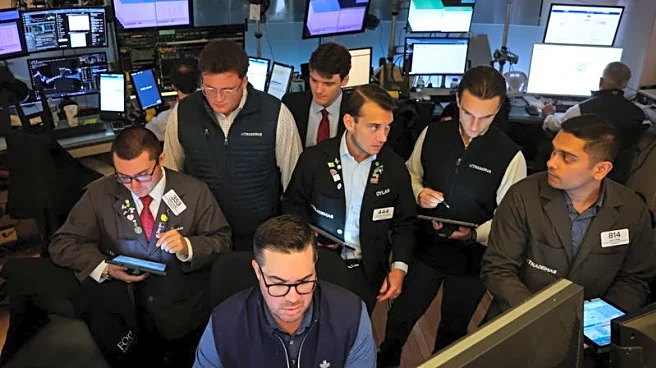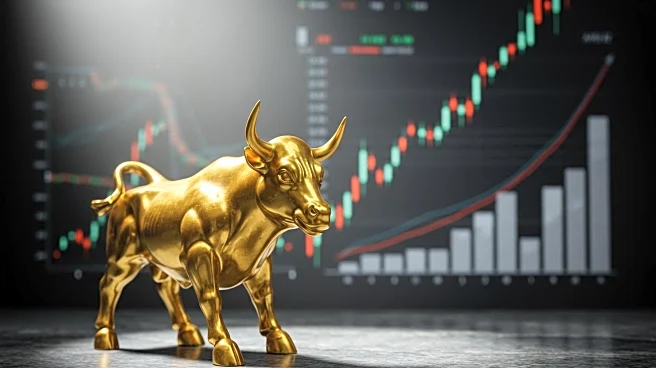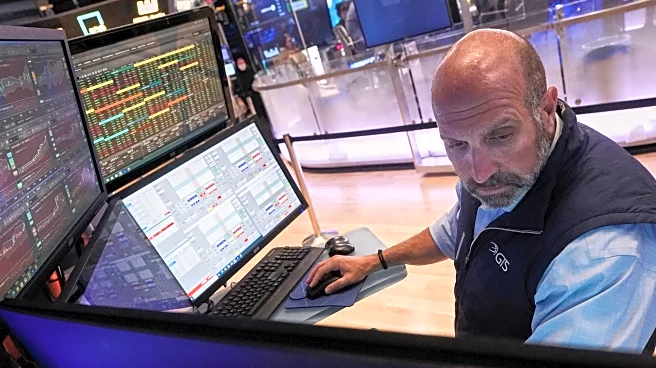What's Happening?
The U.S. stock market, particularly the S&P 500 index, has reached new highs despite the imposition of high tariffs on imports. The tariffs, which are at their highest effective rate since the 1930s, have disrupted supply chains and raised inflation concerns. However, the S&P 500 has not only recovered from the losses experienced during the global market sell-off in April, following President Trump's announcement of sweeping tariffs, but it has also surpassed its previous peak by over 5% and is nearly 10% higher for the year. This resilience is attributed to strong corporate profits and the growth of artificial intelligence, which have insulated major companies from the adverse effects of tariffs.
Why It's Important?
The continued rise of the stock market amidst high tariffs highlights the complex dynamics between trade policies and economic performance. While tariffs typically pose risks to economic stability by increasing costs and disrupting trade, the current situation suggests that major U.S. companies, particularly those driving the S&P 500, are managing to maintain profitability. This could be due to their ability to adapt to new market conditions or leverage technological advancements like artificial intelligence. The situation underscores the potential for certain sectors to thrive even under challenging economic policies, which could influence future trade and economic strategies.
What's Next?
As the tariff situation evolves, stakeholders will be closely monitoring the impact on different sectors and the broader economy. The ongoing tensions between President Trump and Federal Reserve Chair Jerome H. Powell could also play a role in shaping future economic policies. Companies may continue to seek ways to mitigate the impact of tariffs, possibly through innovation or shifting supply chains. Additionally, policymakers might consider adjustments to trade policies to balance economic growth with protectionist measures.
Beyond the Headlines
The current economic scenario raises questions about the long-term sustainability of relying on technological growth to offset trade policy impacts. It also highlights the potential for increased economic inequality, as larger corporations may be better equipped to handle tariffs compared to smaller businesses. The situation could lead to a reevaluation of trade strategies and economic policies to ensure broader economic resilience.



